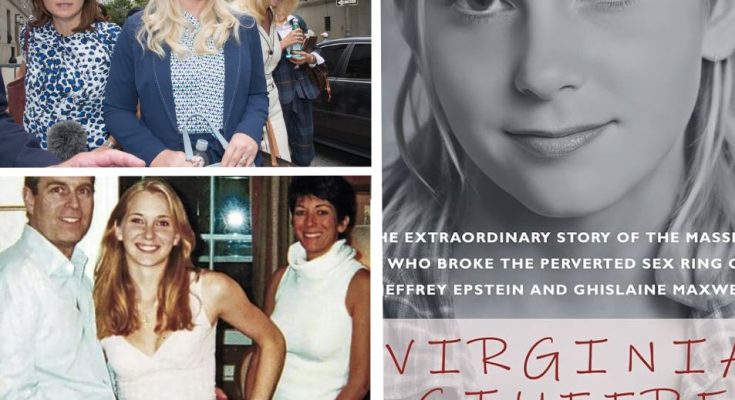The world didn’t expect this.
Netflix didn’t ease it in, didn’t soften the edges, didn’t warm the audience up with glossy trailers or PR-friendly teasers. Instead, it dropped a four-part documentary like a lightning strike in the middle of a quiet night — and the shock still hasn’t stopped vibrating.
This isn’t entertainment.
This isn’t escapism.
This is confrontation.
A mirror held up to power, privilege, trauma, and the global machinery that protects the wrong people while silencing the vulnerable.
The documentary — which chronicles Virginia Giuffre’s experiences, her long fight for visibility, and the broader systems that enabled abuse — is being praised not for spectacle, but for its courage. For finally giving space to a story swallowed for years by headlines, court filings, NDAs, and billion-dollar reputations.
And now, the story is being told by its rightful owner.
The Story That Refused To Stay Buried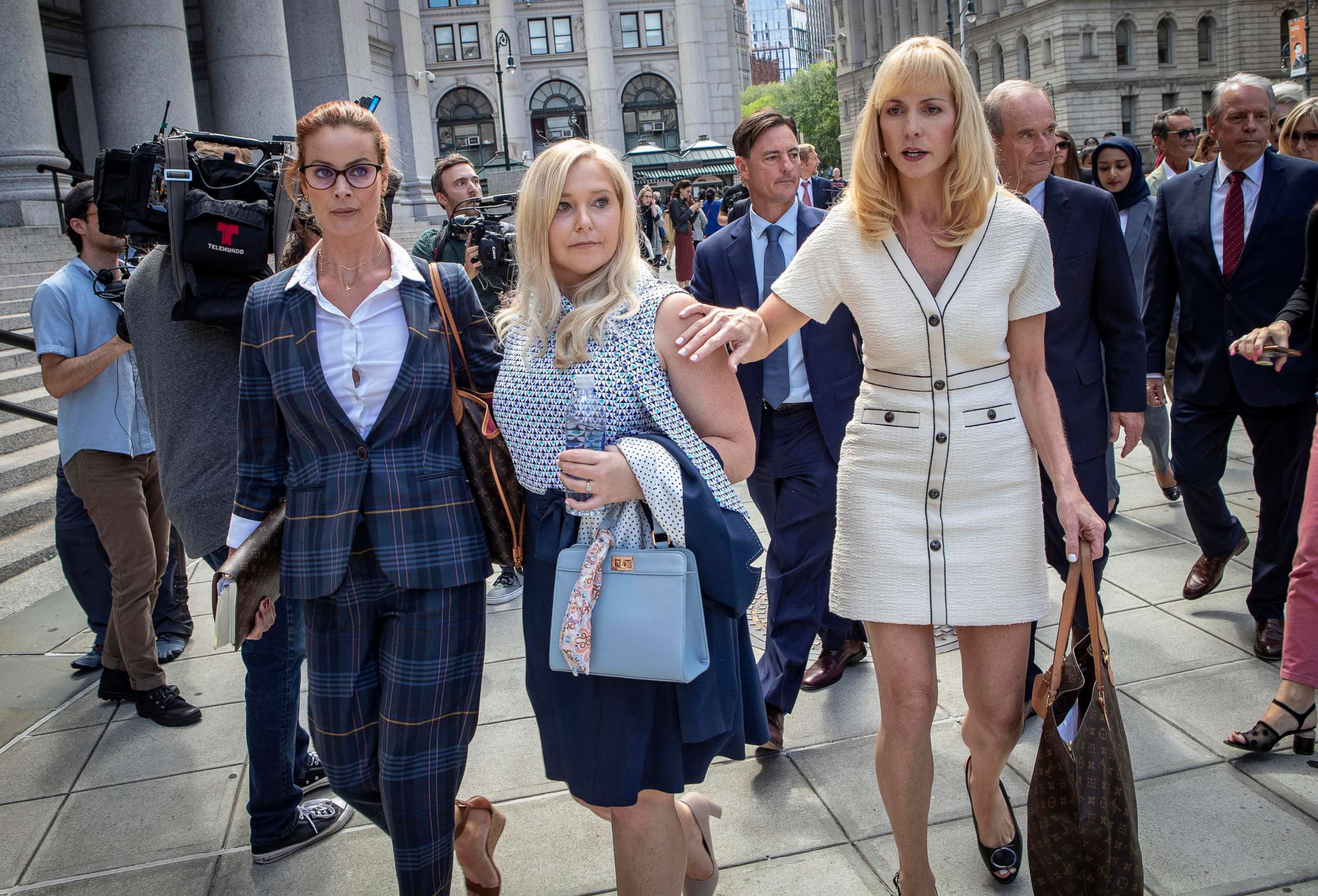
What makes this documentary different is not the subject matter — the world has heard whispers, fragments, and media interpretations for years. What’s groundbreaking is the perspective.
For the first time, the narrative centers not on the powerful men involved, not on institutions scrambling for control, but on the survivor. Her voice. Her memory. Her truth.
Netflix gives her what the world rarely did:
Space.
Time.
Dignity.
A platform not filtered through lawyers, PR teams, or political agendas.
This is testimony without interruption.
And it hits like thunder.
Episode One: The Silence That Shaped Everything
:max_bytes(150000):strip_icc():focal(740x228:742x230)/Virginia-Giuffre-Robert-Giuffre-070225-6b5b9d649909431bb1dcec44c1fadfa2.jpg)
The opening episode is not sensational — it is unsettling in a quieter, deeper way. It traces how exploitation is rarely a single moment of trauma, but a landscape built by:
-
broken homes
-
missed warning signs
-
predators who disguise themselves as rescuers
-
systems that fail the young before they even understand what’s happening
The documentary’s strength lies in its refusal to dramatize. No dramatic music. No flashy reenactments. Just the reality of what happens when powerful people decide your life will serve their desires instead of your dreams.
You don’t just watch it — you absorb it.
Episode Two: The Machinery of Power
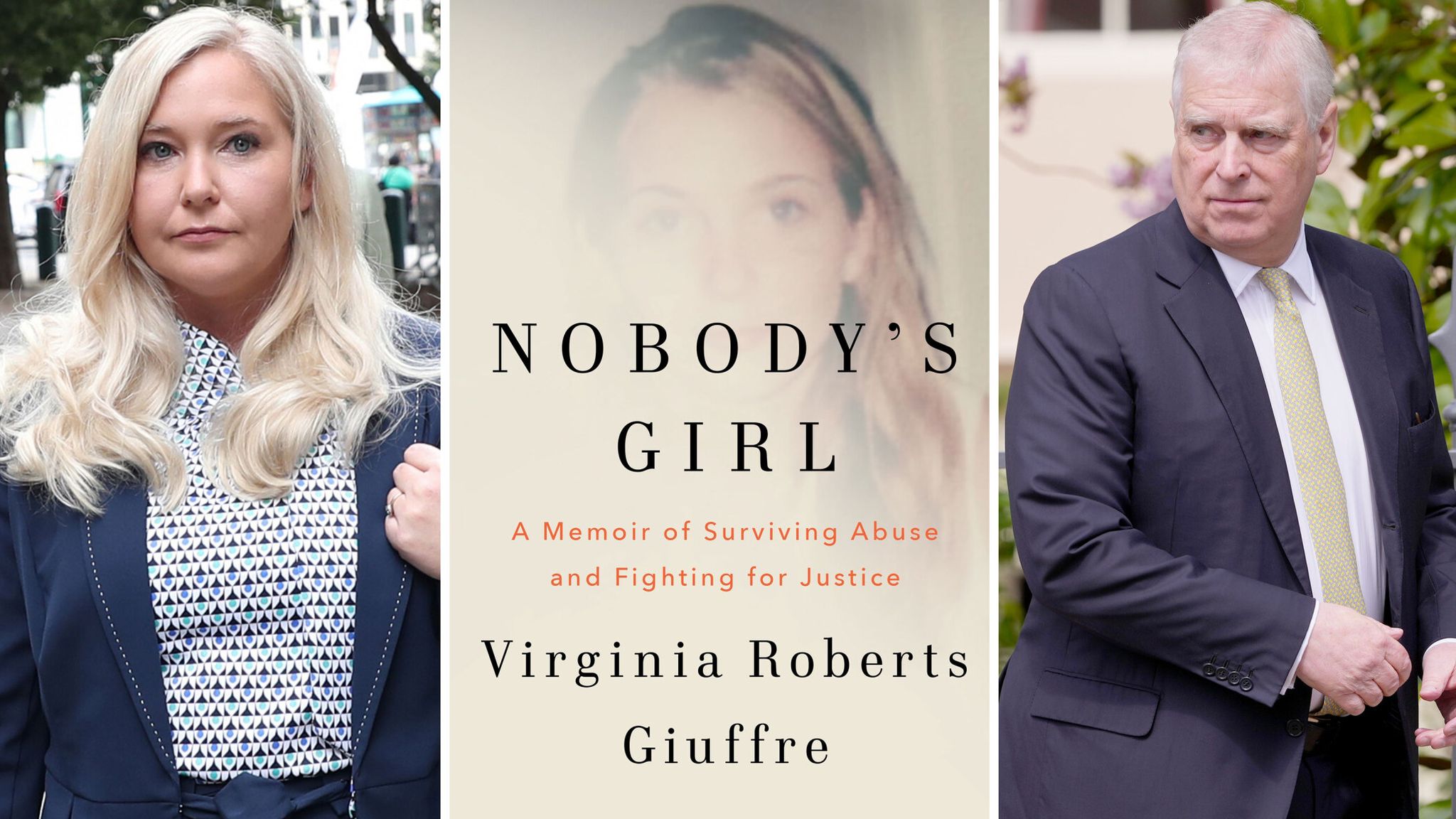
This is where the documentary shifts from personal testimony to systemic analysis.
It shows how:
-
money buys invisibility
-
fame buys protection
-
connections buy silence
-
and institutions — political, legal, social — often work harder for the accused than the accusers
The episode doesn’t name new villains or make new allegations. It simply lays out what has already been reported, investigated, or brought to court. But the way it’s woven together — the cold efficiency of the structures that shield wrongdoing — leaves the viewer breathless.
You start to understand why survivors rarely step forward.
Why cases drag on for years.
Why justice often loses to influence.
Episode Three: The Human Cost
This is the episode critics are already calling “emotionally brutal.”
It dives into what happens after the headlines fade:
-
the PTSD
-
the cycles of guilt
-
the depression
-
the mistrust
-
the backlash
-
the online harassment
-
the re-traumatization every time the story resurfaces
Survivors are often forced to relive their experiences again and again — not for healing, but because society demands proof, consistency, perfection, and composure.
This episode shatters the myth that telling your story brings closure.
Sometimes it brings new wounds.
Episode Four: The Reckoning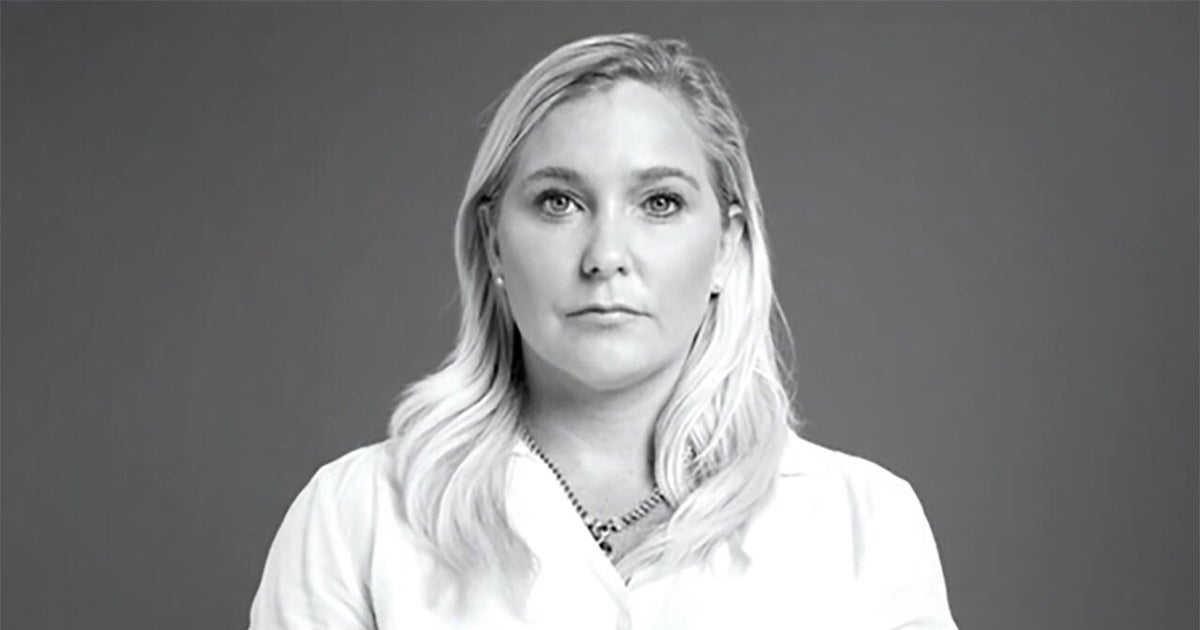
The final hour is the most powerful.
Not because of revelation.
But because of resolution.
It explores what accountability looks like — not from courts or governments, but from the culture itself. How many people looked away? How many excuses were made? How many red flags were ignored because the people benefiting were too wealthy, too connected, or too untouchable?
The documentary isn’t about punishing the past.
It’s about challenging the present.
Because every system exposed in the film still exists today.
The mechanisms that failed one survivor are still failing countless others.
And the documentary asks the question no news cycle ever fully confronted:
How long will society keep protecting the powerful at the expense of the powerless?
It doesn’t preach.
It doesn’t command.
It simply places the truth on the table and asks you to sit with it.
Why This Documentary Feels Different from Everything Before It
Because the world has changed.
People are tired of PR machines telling them what to feel.
Tired of power rewriting the narrative.
Tired of seeing headlines fade while trauma stays.
This documentary lands in a moment when global audiences are ready — truly ready — to confront uncomfortable truths.
It’s not “activism.”
It’s not “agenda.”
It’s acknowledgment.
A cultural shift happening in real time.
The Viewer Becomes a Witness
By the end of the fourth episode, something strange happens to the viewer.
The passive watching stops.
You’re no longer sitting on your couch analyzing the story — you’re standing inside it.
You feel the weight of silence.
The cost of indifference.
The consequences of enabling systems that turn human suffering into collateral damage.
This isn’t a documentary to consume.
It’s a documentary that consumes you.
And when the screen fades to black, there is no sense of distance.
You don’t forget it.
You don’t “move on.”
You don’t simply click over to the next show.
You sit.
You think.
You reckon.
Because once the truth is spoken clearly, calmly, courageously — you can no longer pretend you didn’t hear it.
The Only Question That Remains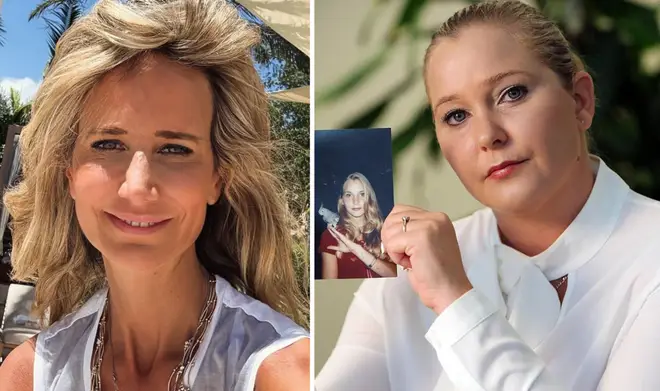
After everything you’ve seen…
after the testimony, the systemic failures, the ignored warnings, the survival, the endurance…
one question lingers in the air like smoke:
How long can the world keep looking the other way?
The documentary doesn’t answer it.
It hands the question to you.
To us.
To the entire culture that helped create the silence — and must now decide if it will break it.
They Called Me a Princess. But I Was Always More Than That.


They dressed her in tiaras, placed her in carriages, and cast her in a fairy tale. But behind the polished gates of Buckingham Palace, Diana Spencer was not living a dream. She was enduring a reality — a cold, gilded cage where love came with conditions, silence was expected, and heartbreak was dressed up as duty.
“They called me a princess,” she once reflected, “but they never truly saw me as a person.”
The Beginning of a Story That Wasn’t a Fairytale
She was barely twenty when the world watched her walk down the aisle of St. Paul’s Cathedral in a gown of silk and pearls that took the breath of a generation. But the marriage she stepped into slowly began to take hers.
Even before the vows were spoken, the cracks were visible. Charles’s heart was tethered elsewhere, to Camilla Parker Bowles — a name whispered in drawing rooms and splashed across tabloid headlines. When the truth could no longer be denied, the betrayal was not hidden behind closed doors. It was acknowledged, even normalized, in the glare of public life.
“He expected me to vanish quietly,” Diana might have said. “To accept betrayal as though it were part of the cost of the crown.”
But she didn’t.
Refusing the Role Written for Her
The monarchy had a script for its women: devoted wife, silent consort, ornamental presence. Diana, however, tore that script in two.
“I was never a side character to be controlled.”
She did not play the role of the subdued, suffering wife. Instead, she transformed personal pain into a platform of compassion. She did not thunder with rage, nor did she seek to settle scores with scandal alone. She did something more radical: she stood with dignity.
Diana walked through minefields in Angola, showing the world what courage looked like. She embraced AIDS patients at a time when ignorance and fear caused others to recoil. She placed herself at the edge of her own vulnerability and showed that humanity mattered more than protocol.
These weren’t just acts of charity. They were quiet revolutions.
A Mother’s Quiet War
Through it all, Diana fought not only for herself, but for her sons. William and Harry were not just heirs to the throne; they were her lifeline, her mission, her reason to endure.
“I held our family together,” she once said, “because I never wanted my children to suffer the loneliness and pain I endured.”
She knew what isolation could do to a soul. She had lived it. And she vowed her children would not.
Yet when the curtain was pulled back, when deception could no longer be masked by ceremonies or smiles, Diana chose to stand firm. She refused to bless the romance that had haunted her marriage. She withheld the nod, the smile, the royal absolution.
And why should she have offered it?
“I will never allow those who hurt me to be so easily forgiven.”
More Than a Crown, More Than a Ghost
Some dismissed her as bitter. Others called her ungrateful. But Diana knew her truth. She was not chasing vengeance; she was reclaiming herself.
“I have begun living for myself,” she declared, not always with words but through action. “And I speak out for women who cannot.”
Every handshake, every speech, every moment of raw honesty became a form of restoration — not only for her, but for women across the world.
She reminded them they had the right to say no more. The right to walk away. The right to live authentically, even if it meant shattering expectations.
This was not revenge. It was survival. And then, it was legacy.
The Statue That Speaks
Today, outside Kensington Palace, her statue stands among the flowers and gardens where she once played with her boys. It is a bronze likeness — serene, strong, maternal. There is no crown upon her head, no robe across her shoulders.
And yet, it carries more truth than any coronation portrait.
It reminds the world of what real grace looks like: not staged, not inherited, but lived. It reminds us of compassion offered without calculation, of strength forged in the fire of heartbreak.
Her Voice Still Echoes
Diana’s story did not end in Paris in 1997. It did not end in tears or in the pages of history books. It continues in every woman who refuses to be gaslit, in every mother who places her children above appearances, in every person who chooses authenticity over approval.
Her voice is still heard when a woman demands to be treated as more than an accessory. It resonates when a mother shields her children from the same wounds she carried. It lives in every small act of courage performed quietly, with dignity, in defiance of expectation.
Legacy, Not Revenge
In the end, Diana was not a myth, nor a martyr. She was a woman who insisted on being seen as more than a princess.
She turned her suffering into a mirror for others, reflecting what happens when courage meets compassion. And in doing so, she left behind not just memories, but a movement — proof that dignity can survive betrayal, that grace can outlast cruelty, and that the most powerful crowns are the ones not made of jewels.
They called her a princess. But she was always more than that.
This is not revenge.
This is legacy.
